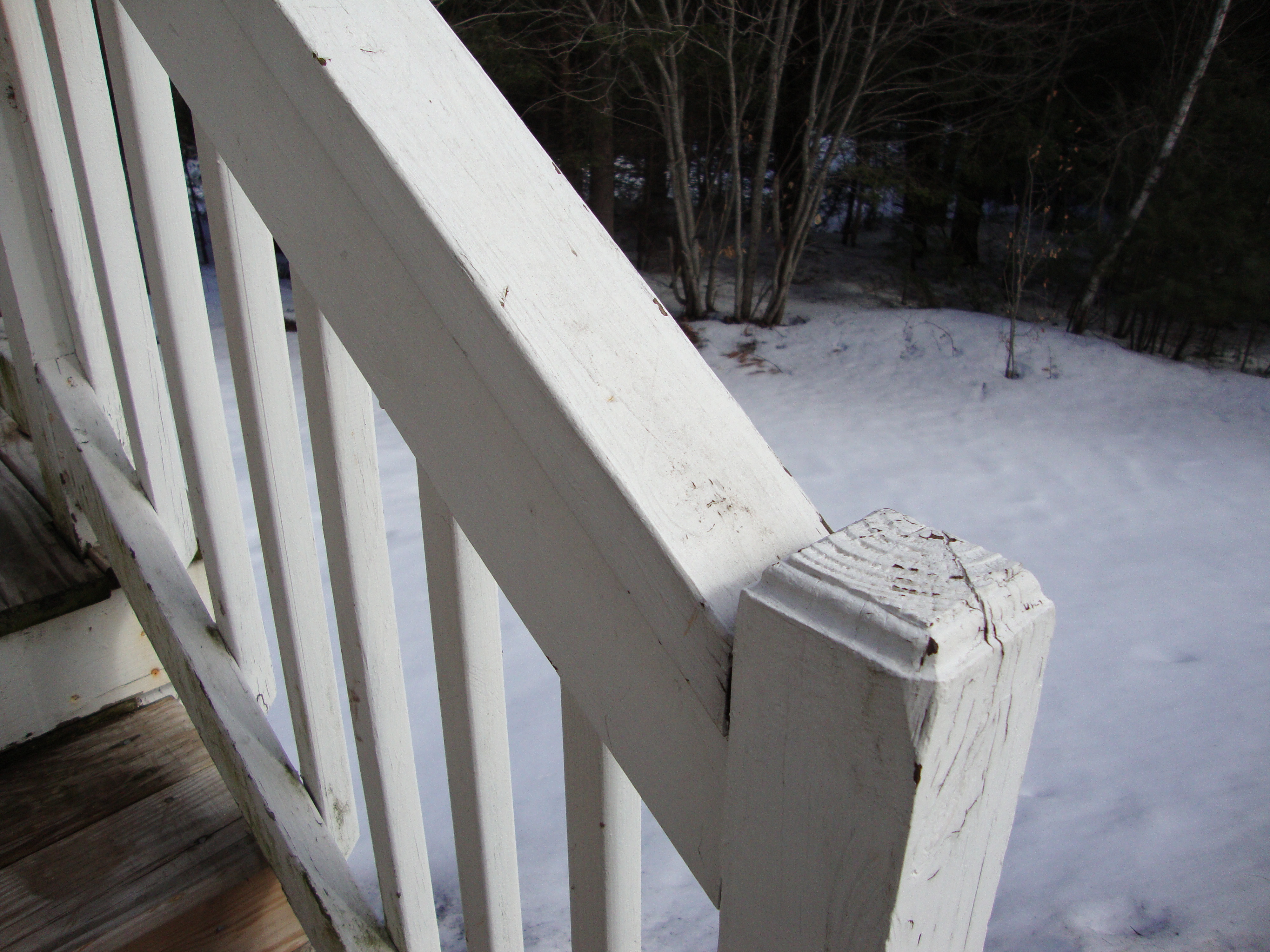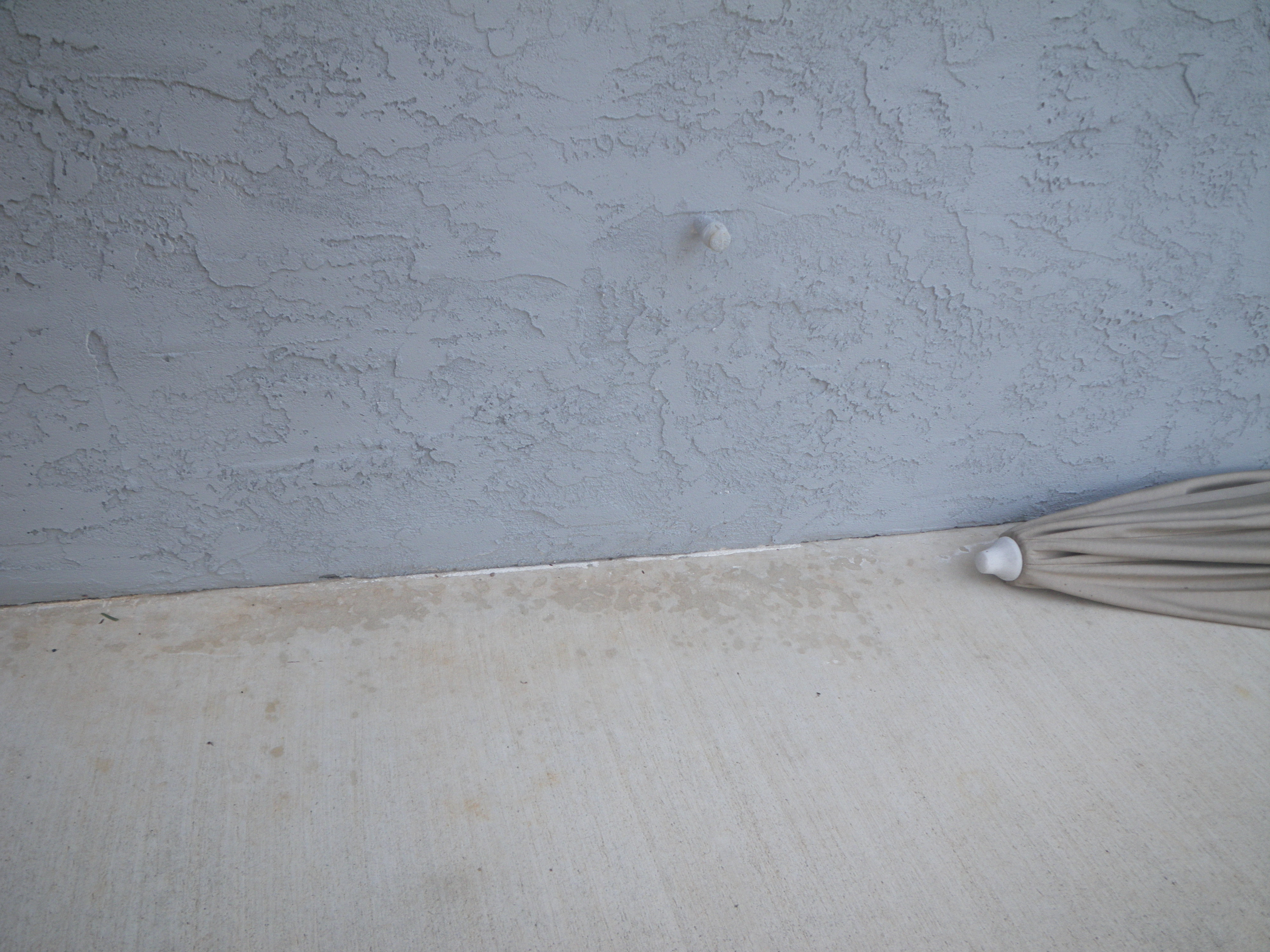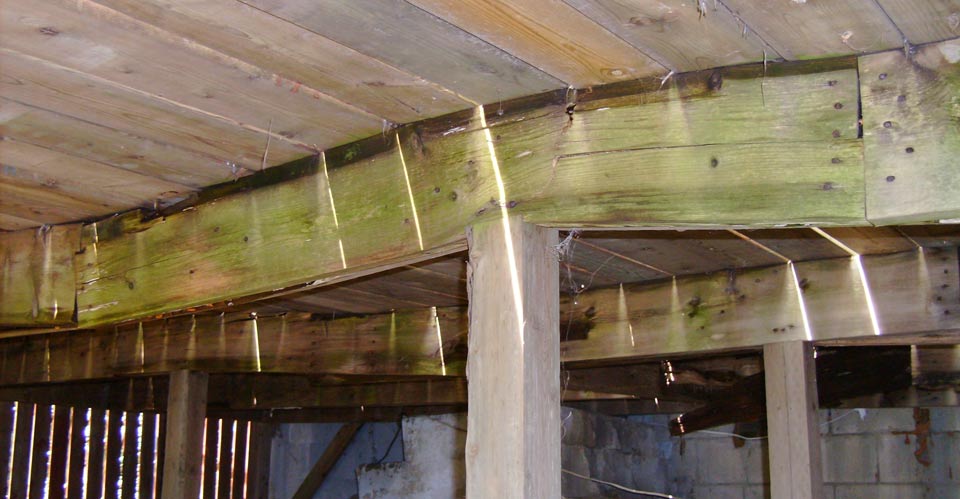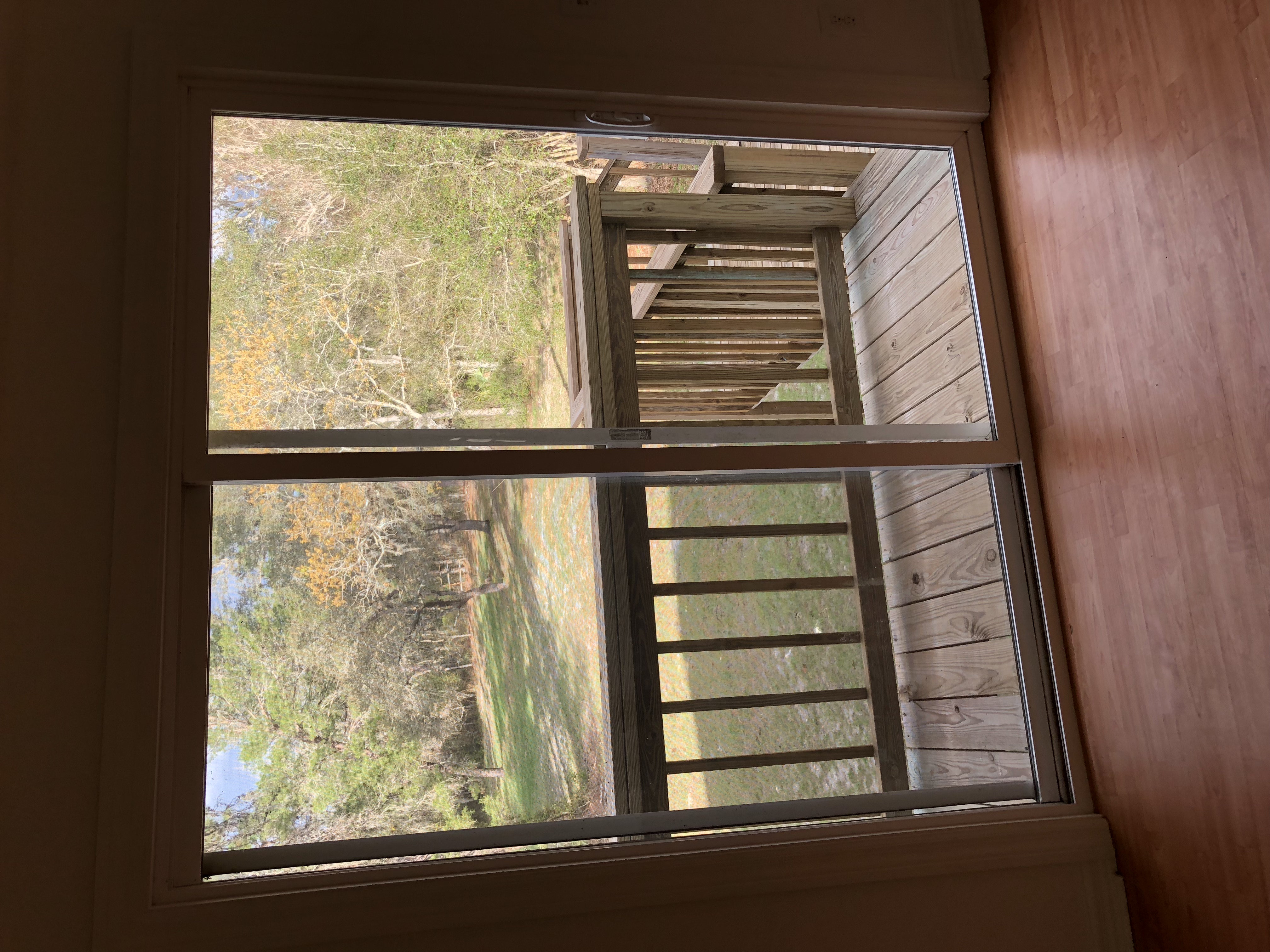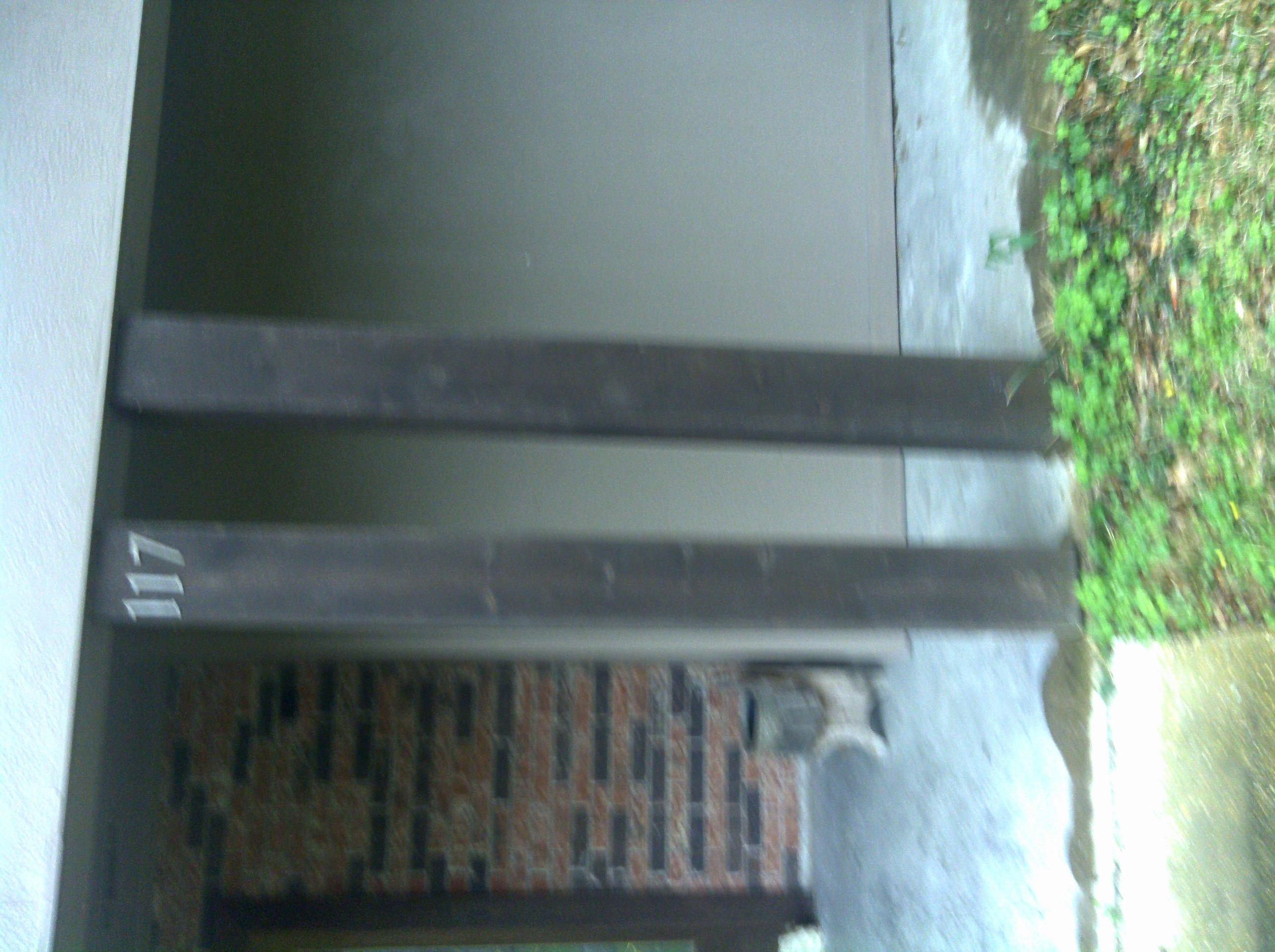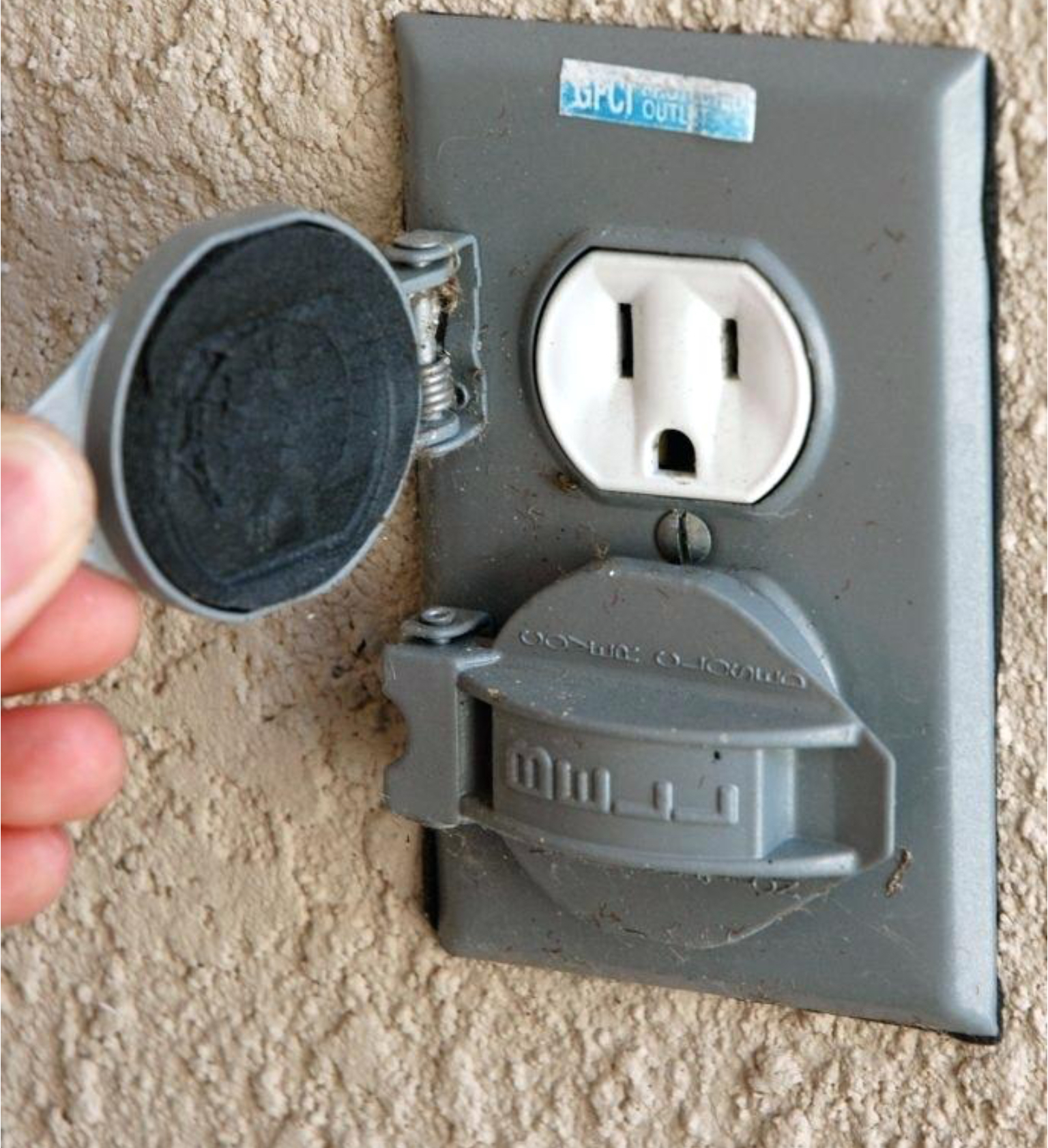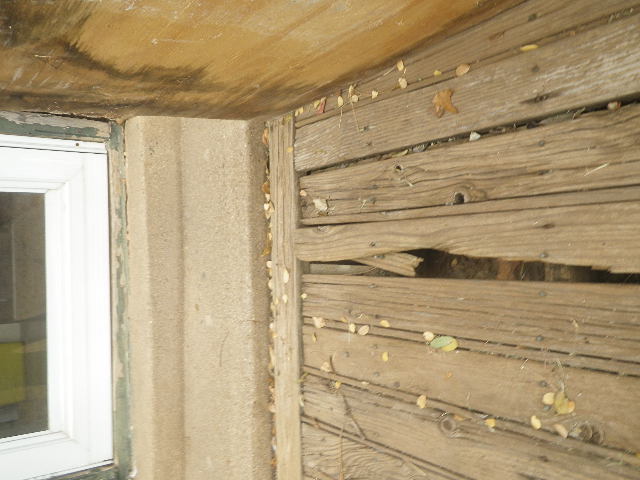The image shown is of a handrail on a side entrance small deck to the kitchen, while the baluster spacing, tread height/width and general construction all conform the 2 x 4 hand rail is not rounded for easy grasping, also some splintering and worn/peeling paint was observed on other surfaces.
15 Tools every homeowner should own… I think the #1 most important is the plunger at some point you will have a clogged toilet or sink so its best to have one for each. Most problems can be solved with this tool but it is also important to know where and how to use the water shut-off valves for the fixtures.
The connection between the balcony and the structure was not visible and we are not able to determine if it was properly attached. Recommend a qualified contractor determine if the ledger board was properly attached to the structure for safety concerns.
I learned some really good stuff out of this course. As I perform more deck inspections I am going to give more attention to how the girders sit on the columns, how columns are attached to ground, I am going to look at grabable handrails, how the balusters are cut and so forth.

Deck and balcony ledger attachments are one of the highest areas of failure to the deck and balcony components. High regard should be directed towards inspection of this and other safety concerns that are in this area of the inspection process.
I chose the article on Deck Receptacles because I wasn’t really clear with the NEC requirements after taking the course. I am still not really clear, but I will look for at least one receptacle and check for extension cords being used.
This is an example of why home inspectors should start at the bottom of wood deck when doing deck inspection. Upon visual inspection, several areas were found to be damaged by moisture incl. these main weight bearing girders that support deck. Inspection of deck should end due to unsafe conditions and recommendation was made to customer to consult with licensed contractor about repairs or possible tear down of deck.
I learned some interesting facts about deck failure: Most decks collapse in summer than do the rest of year combined. And about 90% of deck collapses occur due to separation of house from ledger board. It is rare that deck floor joist to break mid span.
Deck with railing spindle spacing if greater than 4" on deck rail. This deck also had a missing railing in stairs on one side,had no protecting covering on stringer risers. Spacing of posts was also more than 5ft apart. As well as 4X4 posts as support posts.
I read an article on electrical panels (as a refresher). Inspecting panels should be done with great care. You need plenty of clearance before opening, screws in panel cover should be flat tipped, look for any kind of water source such as corrosion or rust. Panel cover removed keeping the cover between yourself and the panel. From there- looking for double tapped breakers and also double tapped in neutral bar, wires appearing to be burndt, wire sheathing exposed, fraid, or cut, aluminum wiring (instead of copper wired circuits), improper sized wires for loads required, improperly grounded panels are all concerns to point out. Federal Pasific or Zinsco panels should inspected by licensed electrician for safety due to being problematic.
Since I don’t have a deck close by and my physical mobility is limited at the moment, I took a picture of the columns at the entrance of the front porch! These consist of 4x4 treated post with metal risers underneath to limit wicking of moisture. They are then wrapped with cedar 8x8x1 boards and stained and covered with exterior poly!
My subject is on deck receptacles. Balconies, decks or porches that are accessible from inside the dwelling unit shall have at least one receptacle outlet installed within the perimeter of the balcony, deck or porch. The receptacle shall not be located more than 61/2 feet above the surface.
I would call out that this deck needs hand rails for both sides of the stairs. Other than that everything else looks good from a visual look. I would take a look under the deck to see what is the conditions there and how it was installed.
I would call out that this deck needs hand rails for both sides of the stairs. Other than that everything else looks good from a visual look. I would take a look under the deck to see what is the conditions there and how it was installed.

Receptacle is a regular outlet but GFCI protected from the basement power. The outlet is at 18 from floor which is proper height for the deck. I would recommend replacing cover with in-use cove to prevent water getting in outlet wile being used
When building a deck around a bay window or chimney you will have a ledger on both sides of the window or chimney. That ledger wont butt up directly to the structure you are going around so the decking may extend a maximum of 6 past the ledger unsupported
This deck has a variety of safety issues. The back stairs are missing, the handrails are loosely secured, there are horizontal rather than vertical balusters which can allow climbing, and the decking boards are installed tight and showing deterioration. Unable to view the house connection below due to lattice which should be further evaluated.

Decks are an important safety concern and should be thoroughly inspected. Many deck are built by homeowners and thus are not properly constructed. The deck ledger board to house connected is one of the critical connection joints that needs thorough evaluation for proper fastening and flashing.
This is an old deck that is very low to the ground and consists of deck boards being supported by joists that are laying on the ground. The wood is likely not pressure treated, and needs paint or stain. Several nails are sticking up and some of the deck boards are damaged and loose.
Image- Ledger flashing. Ledger board flashing is very important in decks that connect to the house. The ledger board support the deck on one side, and without flashing it will be subject to wood rot and deterioration. If the damage becomes bad enough the deck could collapse.
